Why are my prayer plant leaves curling? Experts share 7 possible causes and how to address them
When the leaves of a prayer plant curl, it could mean your plant is stressed
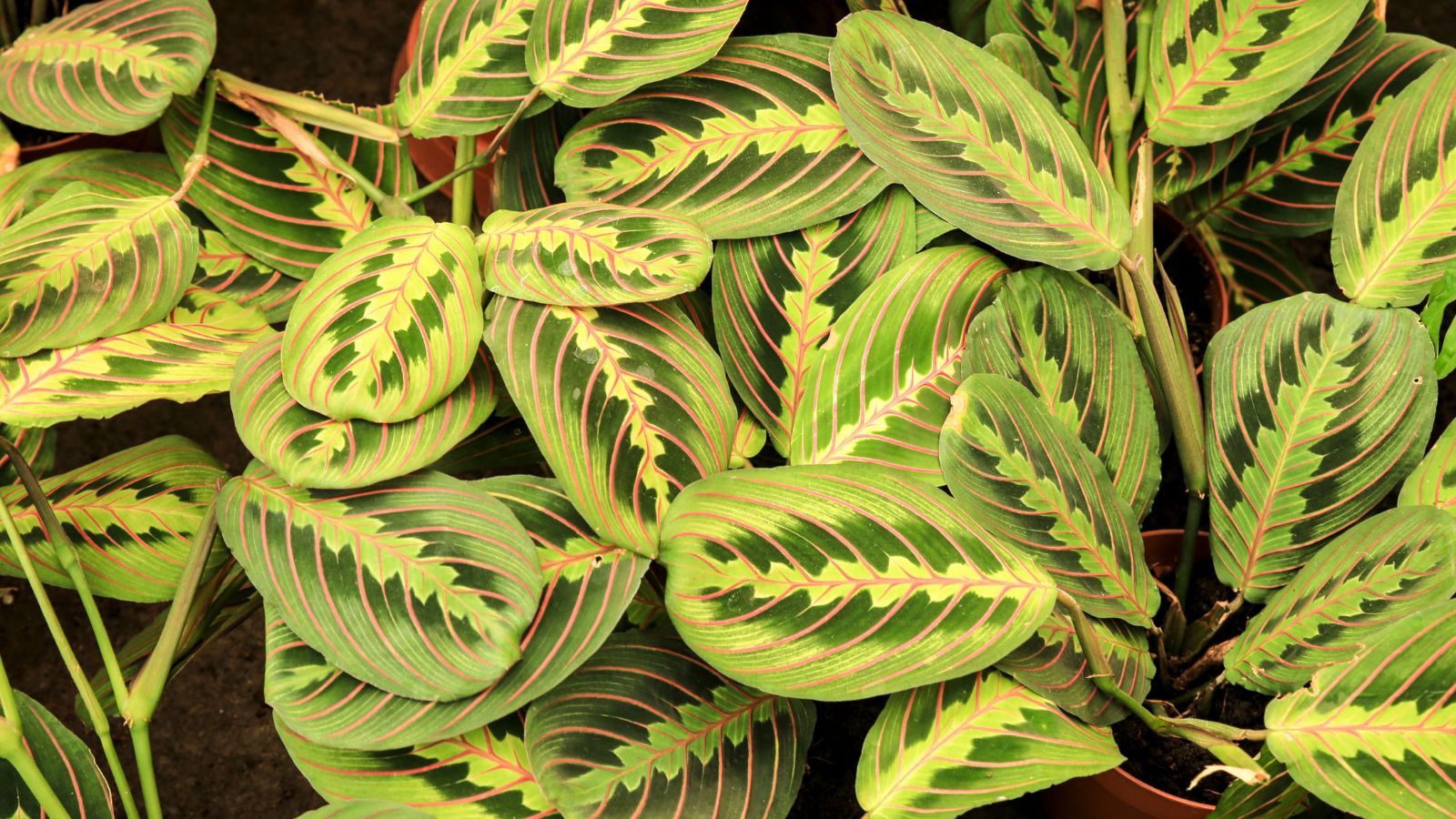

If you have noticed your prayer plant leaves curling, this can be a sign that your plant is stressed or experiencing suboptimal growing conditions.
Known for their vibrant foliage and, their unique ability to raise and lower their leaves throughout the day, prayer plants, also known as calathea, are generally resilient. When curling occurs, however, the reasons should be quickly identified and fixed, or the plant may continue to decline.
From watering issues to humidity levels and temperature fluctuations, there are several factors that can contribute to this problem. We've spoken to experts who have shared seven reasons why your prayer plant's leaves may be curling and calathea care tips to restore your plant’s health and keep it thriving.
1. Your plant is underwatered

'Prayer plants thrive in environments with consistent moisture and high humidity. If the plant doesn’t receive enough water, its leaves may curl inward as a way to conserve moisture,' explains Tammy Sons, houseplant expert and owner of TN Nursery.
To keep your plant healthy and water calatheas correctly, it's essential its soil remains consistently moist, but is never soggy. Typically, this should mean they are watered every one to two weeks, depending on the environment and the season. The key is to ensure that the top inch of soil dries out between waterings, but the soil where the roots are remains consistently moist.
The watering frequency may need to be adjusted according to the temperature and humidity levels. You can monitor moisture levels with a moisture meter, such as this one from Amazon to ensure they maintain a consistent moisture level without being overwatered.
Incorrect watering can also impact your prayer plant's ability to flower.
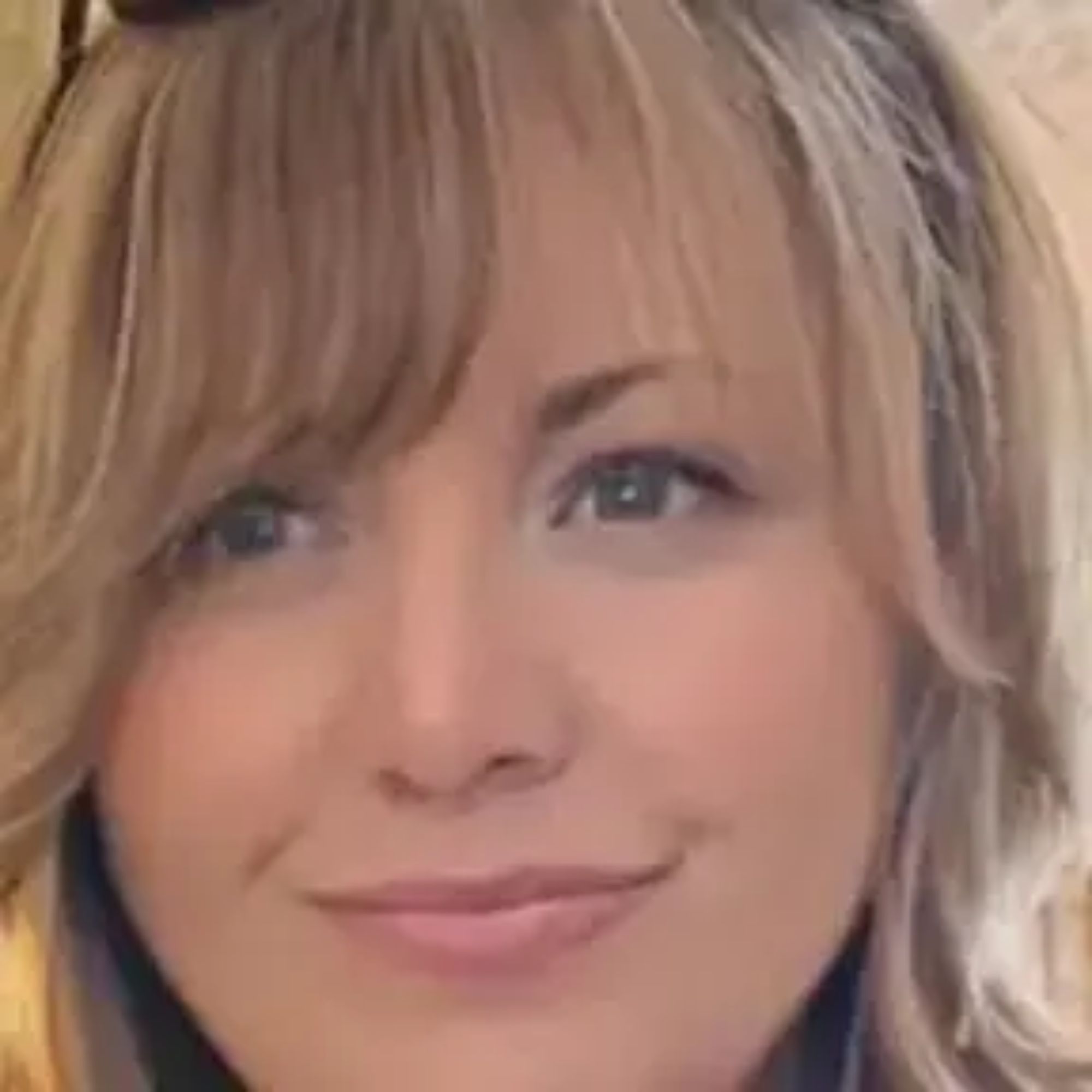
Tammy Sons is the owner and visionary behind TN Nursery, a family-owned plant nursery based in Altamont, Tennessee. With decades of experience in the horticulture industry, she has cultivated a deep passion for plants, sustainable gardening, and landscape design.
2. Overwatering and poor drainage
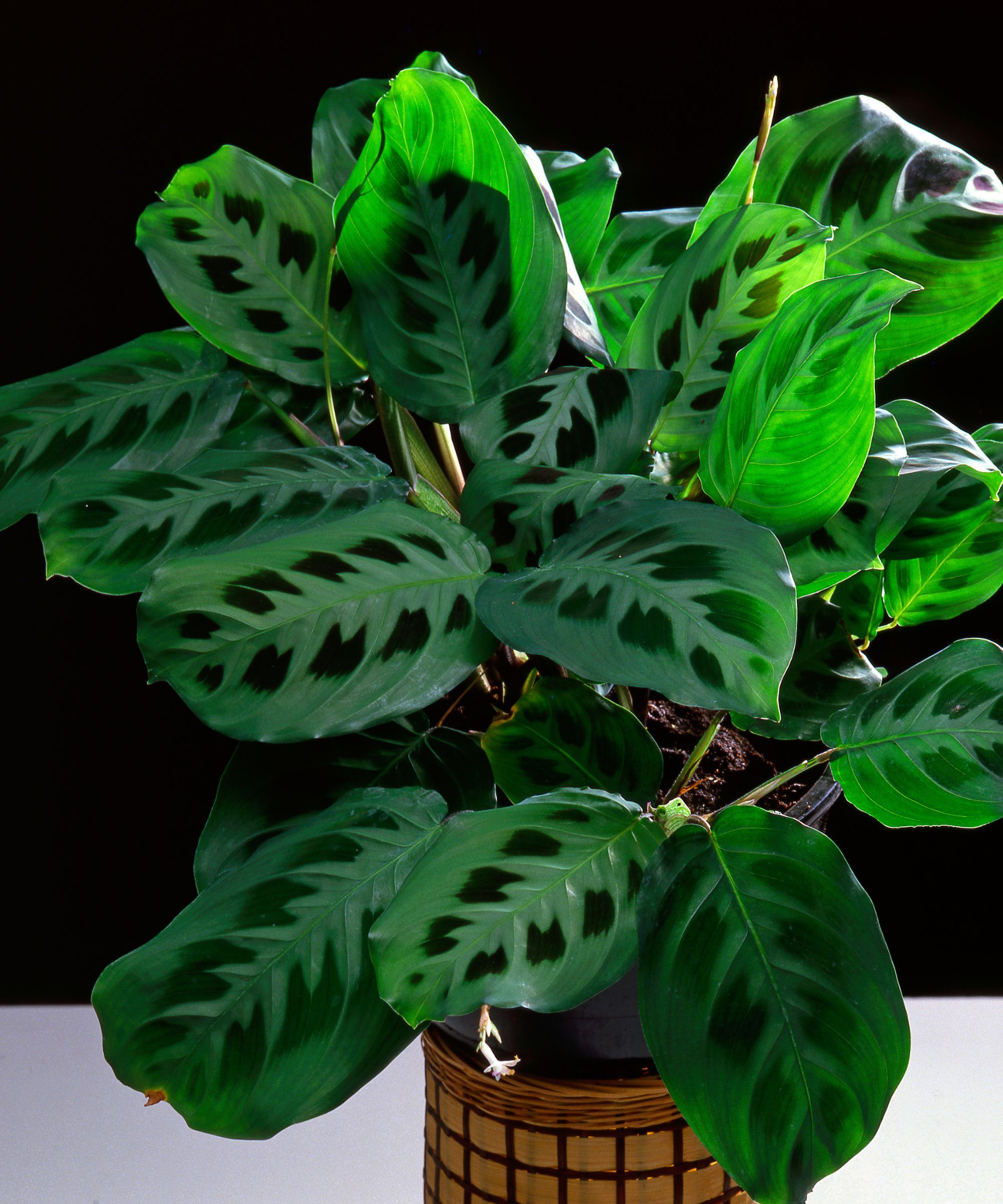
Overwatering is a common cause of prayer plant leaves curling. These plants are highly susceptible to root rot when left sitting in water, and waterlogged soil can prevent the roots from properly absorbing nutrients, leading to curling or wilting leaves.
To avoid overwatering, you should check the soil’s moisture level regularly and ensure proper drainage in the pot. This can be achieved using a well-draining potting mix that prevents water from accumulating around the roots, such as one that contains perlite or coarse sand, like this Miracle-Gro potting mix from Amazon. Additionally, opt for a container that has drainage holes and is made from breathable materials, such as terracotta, to further enhance airflow and drainage.
The best watering technique to prevent overwatering is to water the plant from the base. Place the pot in a dish of water and allow it to absorb moisture gradually through the drainage holes. After about 20 to 30 minutes, remove any excess water to avoid waterlogging the soil.
3. The humidity is too low

Prayer plants thrive in high humidity, ideally around 50-60% or more. In dry air conditions, especially in winter when indoor heating is used or in air-conditioned rooms, their leaves can curl as the plants struggle to retain moisture.
To increase humidity for indoor plants, misting the leaves regularly, placing the plant near a humidifier – such as this one from Amazon – or setting it on a tray filled with water and pebbles which evaporates moisture around the plant can be effective.
They could also be placed in rooms with high humidity, such as bathrooms or kitchens. Grouping plants together can also raise the humidity level around them due to the collective transpiration from the plants.
4. Watering with tap water
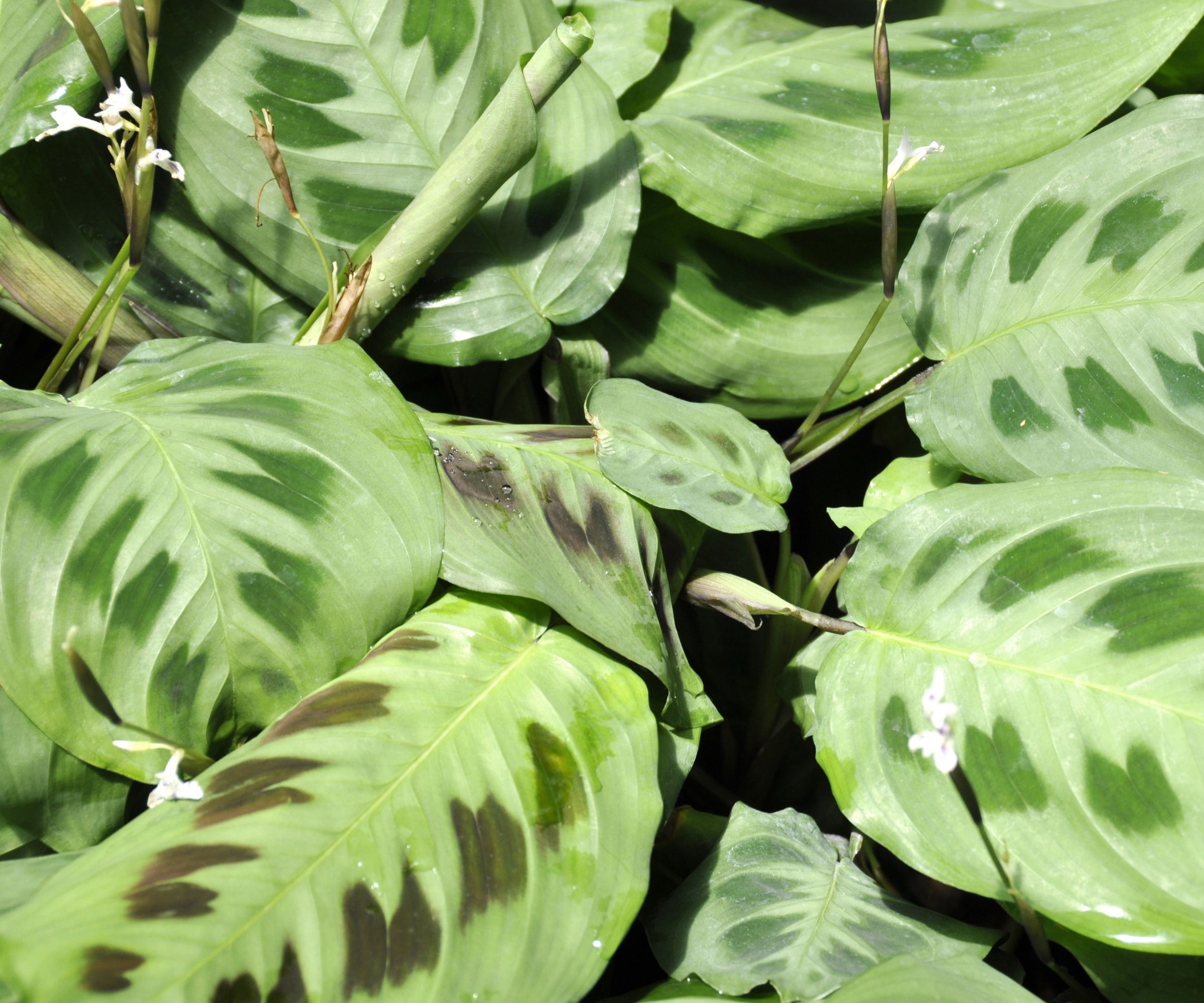
Prayer plants are sensitive to chemicals in tap water, such as chlorine or fluoride, which can cause leaf curling and browning.
It's best to water plants using filtered or distilled water to ensure they remain healthy. Alternatively, you can let tap water sit out for 24 hours, allowing chemicals like chlorine to evaporate before using it on your plant, preventing damage to the sensitive leaves.
5. Temperature stress

Prayer plants are native to the tropical rainforests of Brazil, and Central and South America, so it should come as no surprise that they thrive in temperatures between 65°F to 85°F, and struggle when they drop below 60°F.
If they are exposed to cold drafts, sudden temperature changes, or temperatures below 15°C, the leaves may curl.
6. Your plant is exposed to too much direct sunlight

Too much direct sunlight can scorch the leaves, leading to prayer plant leaves curling and brown edges.
'To protect your plant ensure it receives bright, indirect light,' advises Lydia Beaumont, houseplant expert and writer for Gardeners Yards.
'Move it to a location where it receives bright, filtered light, such as near an east or north-facing window, or use sheer curtains to diffuse sunlight.'
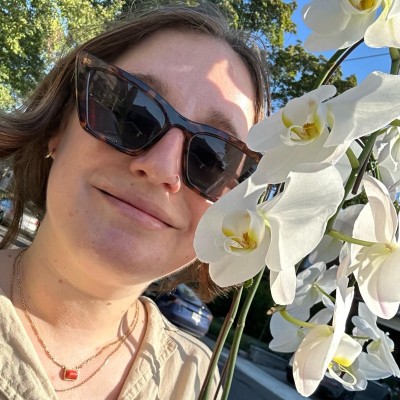
Lydia Beaumont is a gardening expert for Gardeners Yards - a trusted online resource for gardeners to grow, inspire and discover. Whether crafting stylish table settings or transforming a garden into a personal oasis, Lydia loves making every space stunning and comfortable.
7. Pests are present

'Pests like spider mites and aphids can cause leaves to curl as they feed on the plant's sap,' explains Lydia Beaumont.
Regularly inspect leaves for small insects or tiny webbing. If present, use neem oil on plants or treat them with insecticidal soap. We recommend this insect killing soap from Walmart.
By addressing these environmental and care factors, your prayer plant should restore its original beauty soon.
Additionally, Lydia Beaumont recommends using a well-draining, peat-based potting mix to support healthy root growth. Fertilize the plant every four to six weeks during the growing season with a balanced, water-soluble houseplant fertilizer. This helps ensure the plant receives essential nutrients to avoid soil quality issues or nutrient deficiencies.
Sign up to the Homes & Gardens newsletter
Design expertise in your inbox – from inspiring decorating ideas and beautiful celebrity homes to practical gardening advice and shopping round-ups.

Lola Houlton is a news writer for Homes & Gardens. She has been writing content for Future PLC for the past six years, in particular Homes & Gardens, Real Homes and GardeningEtc. She writes on a broad range of subjects, including practical household advice, recipe articles, and product reviews, working closely with experts in their fields to cover everything from heating to home organization through to house plants. Lola is a graduate, who completed her degree in Psychology at the University of Sussex. She has also spent some time working at the BBC.
-
 How to grow grapefruit for homegrown sweet and tangy, highly nutritious harvests – a fruit tree expert shares their planting and care tips
How to grow grapefruit for homegrown sweet and tangy, highly nutritious harvests – a fruit tree expert shares their planting and care tipsFrom planting to harvesting, this is all you need to know about grapefruit trees
By Drew Swainston
-
 I struggled for 10 years to redesign my living room until I saw Joanna Gaines's 'quiet luxury masterpiece' – she's totally reinvented '50s style
I struggled for 10 years to redesign my living room until I saw Joanna Gaines's 'quiet luxury masterpiece' – she's totally reinvented '50s styleI was never a fan of '50s style until I saw this perfect room
By Jennifer Ebert